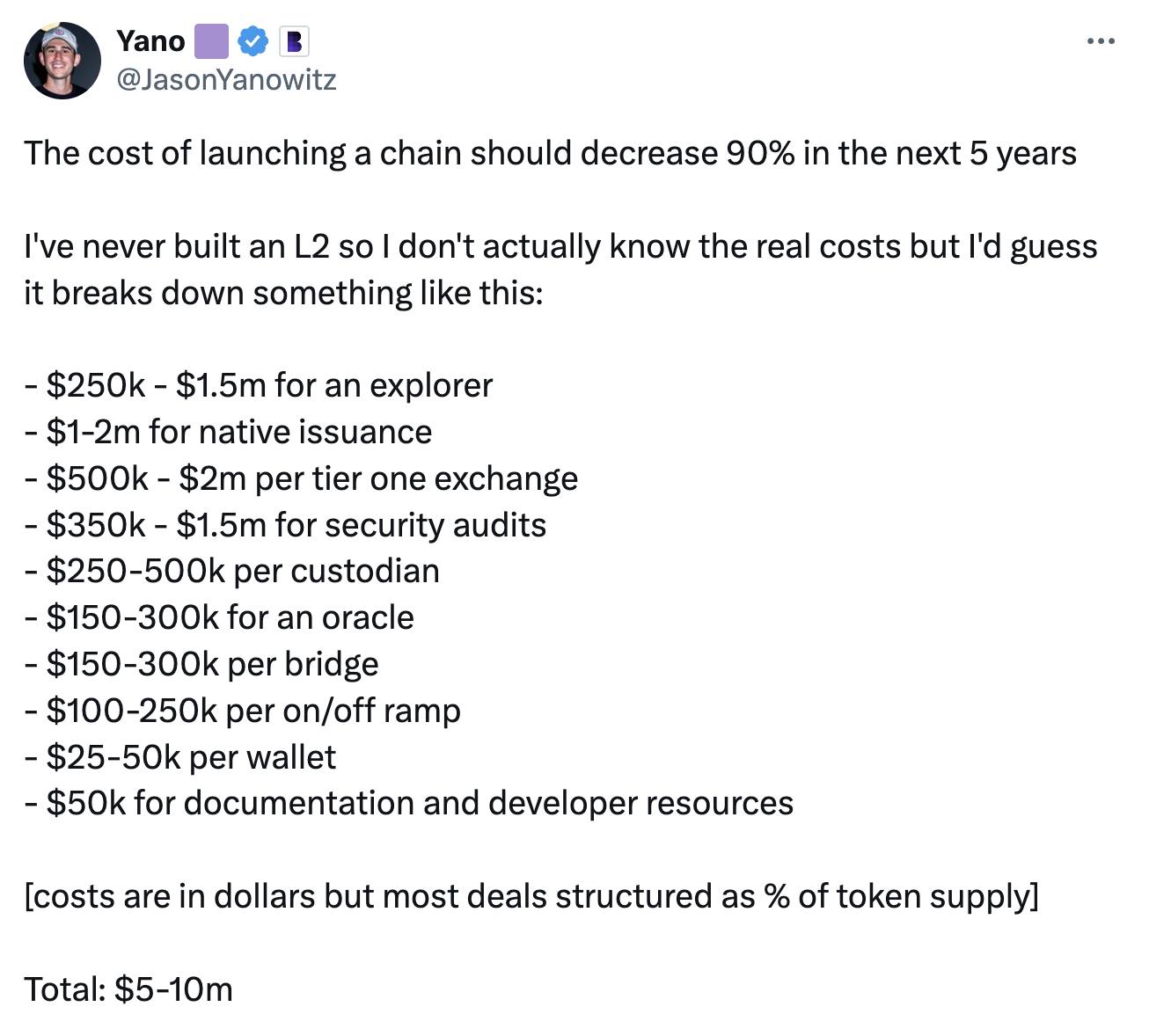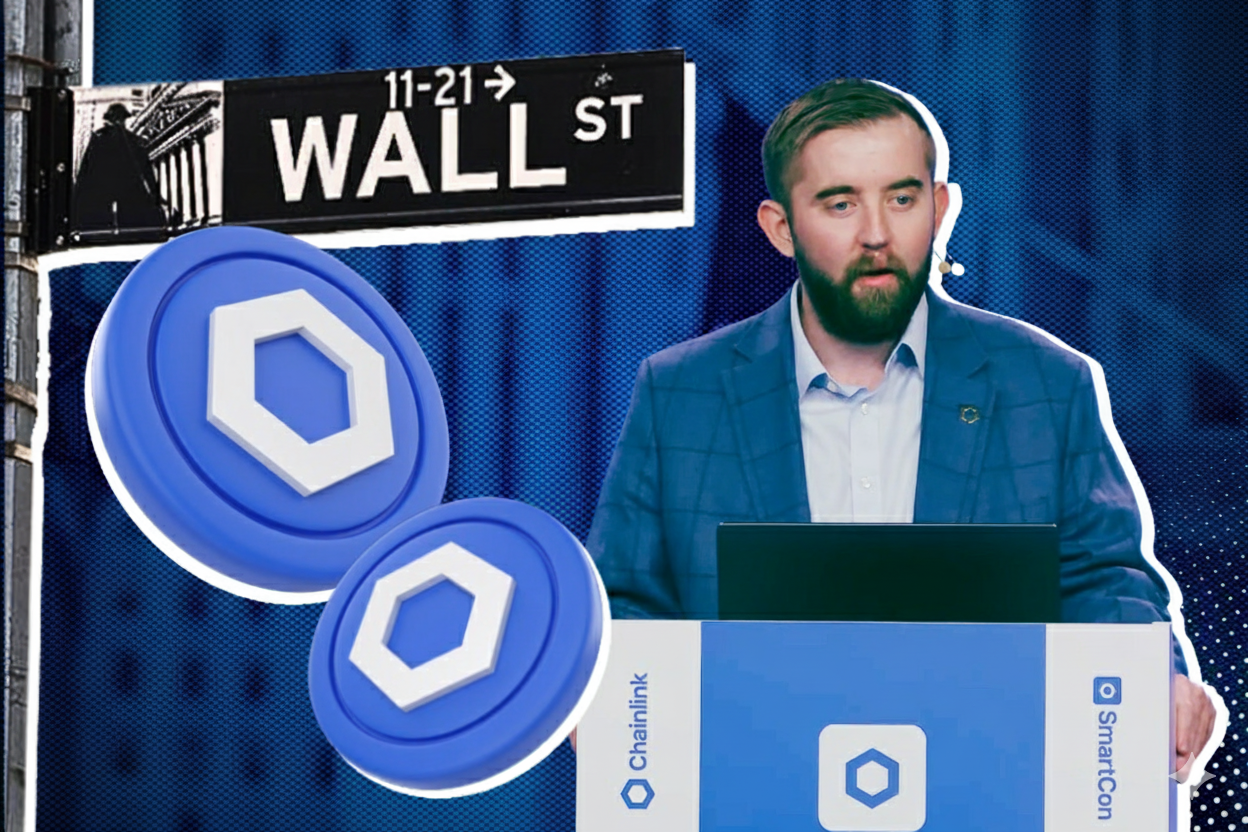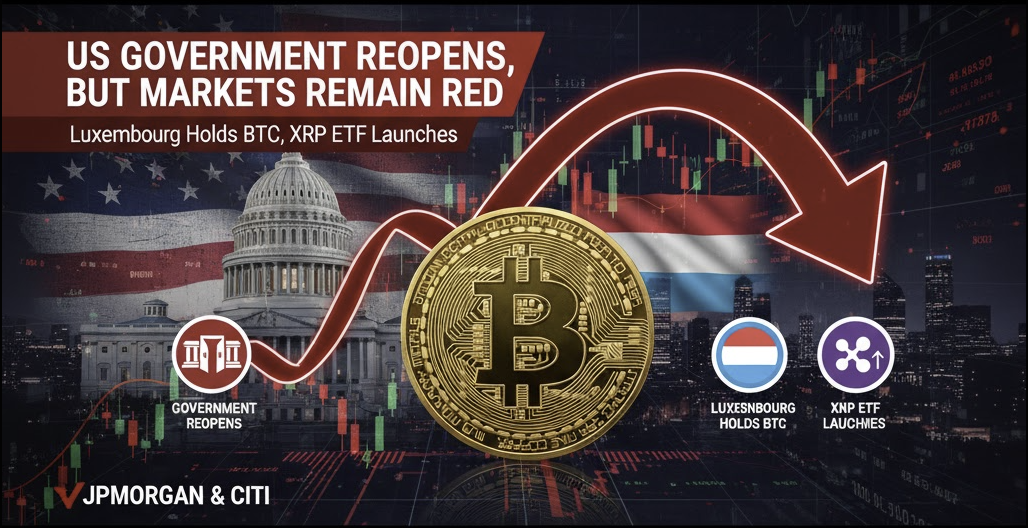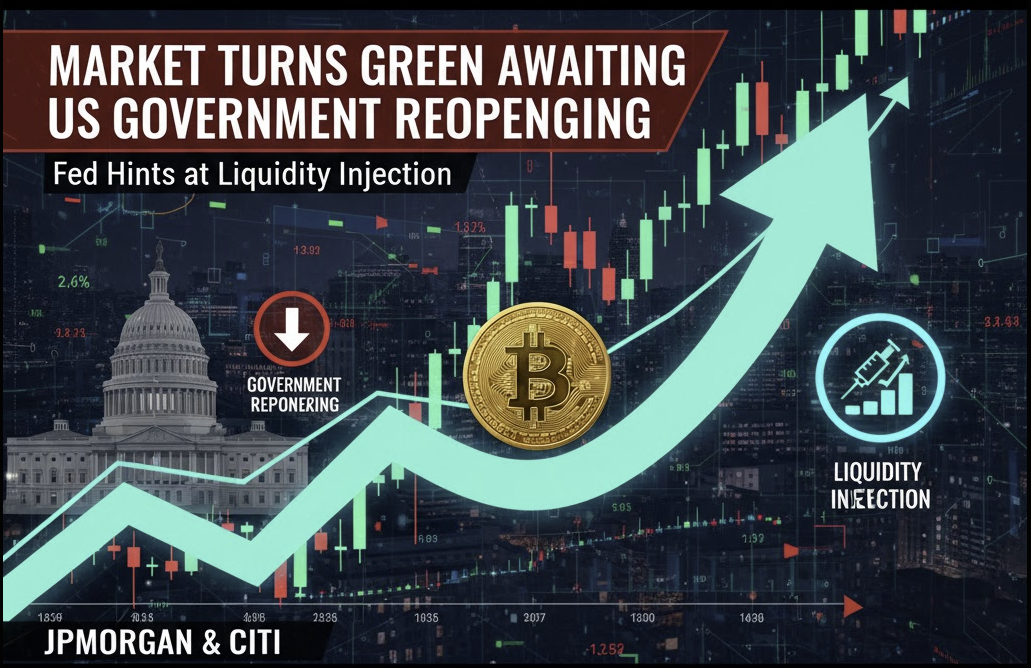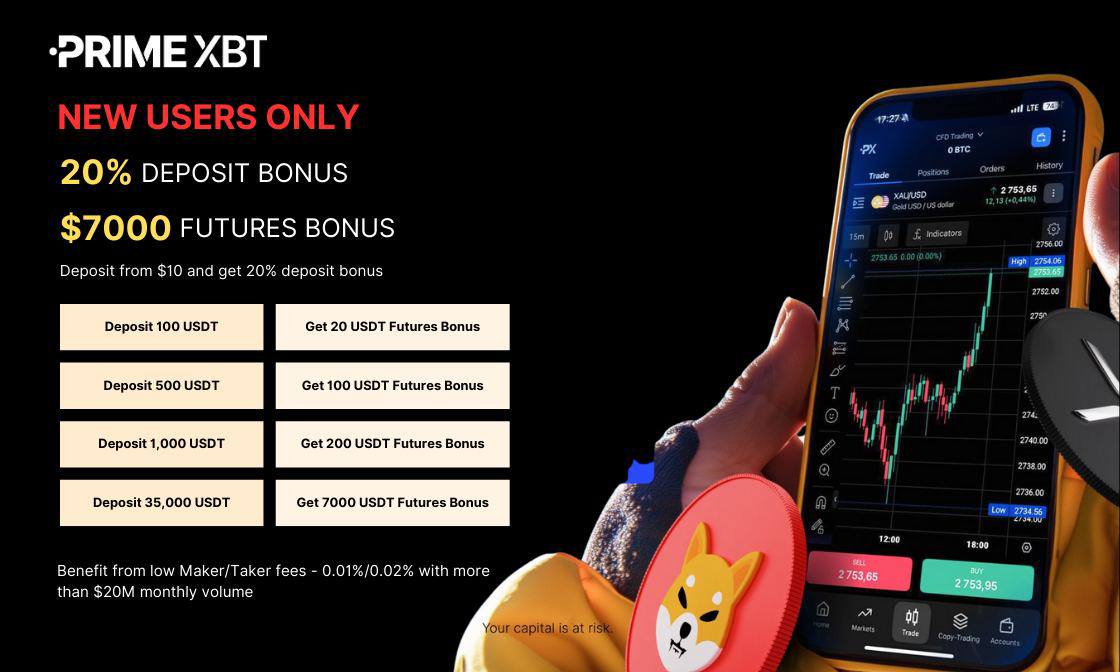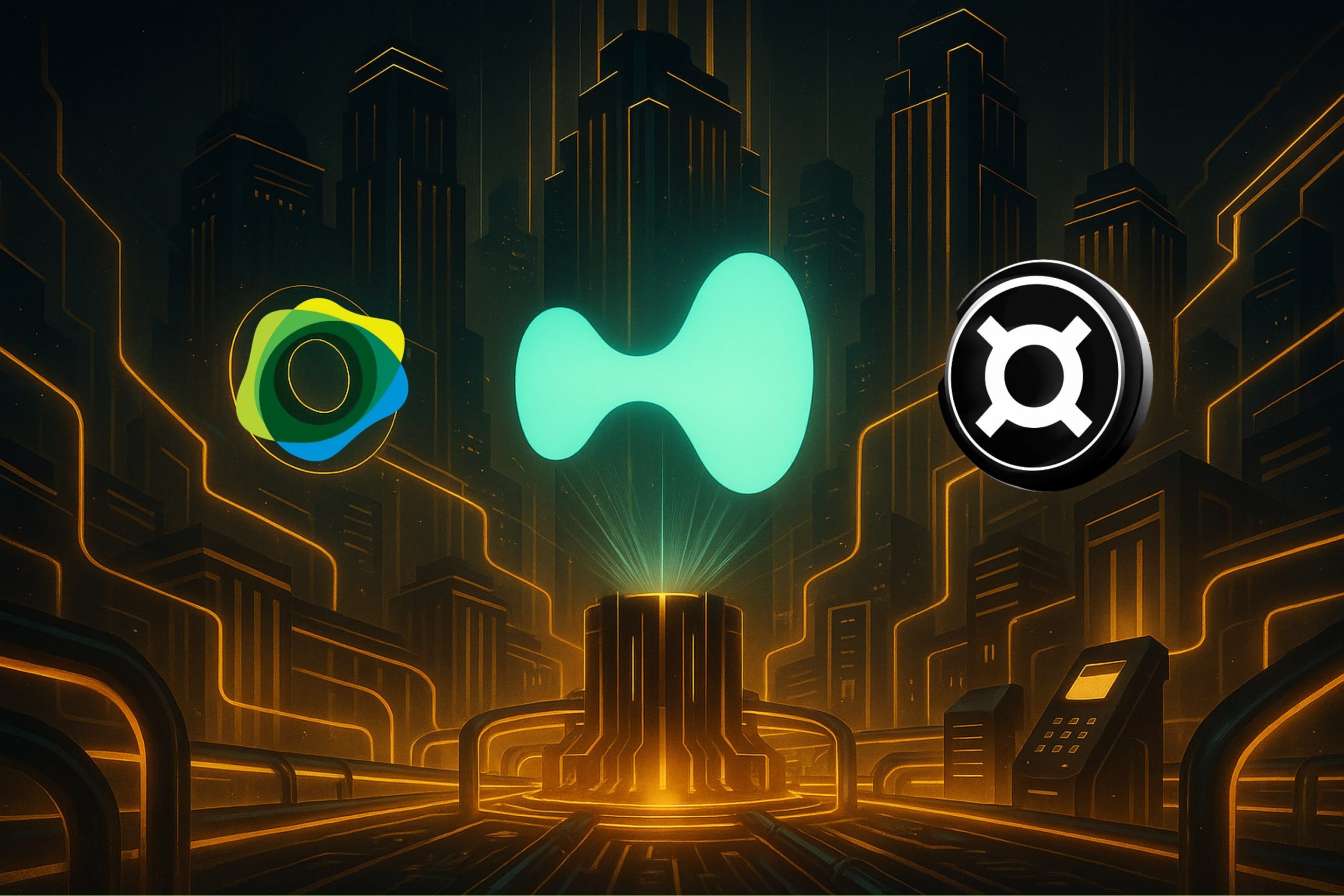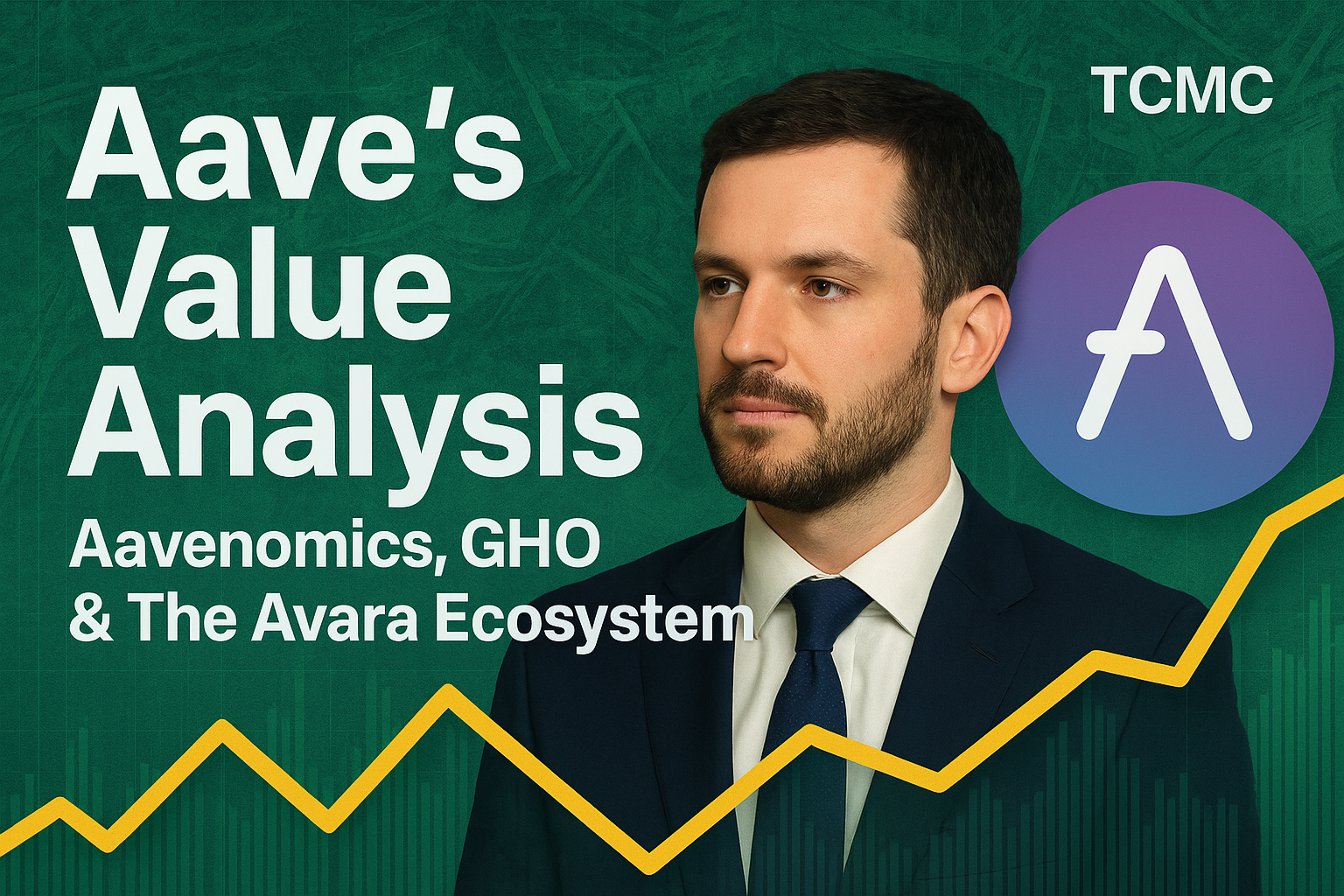Building a Layer 2 (L2) blockchain network can be an expensive and resource-intensive endeavor. The cost breakdown for building a Layer 2 chain typically includes various components, ranging from infrastructure setup to security, audits, and integrations with critical services. Here’s an estimate of the overall costs:
Estimated Costs Breakdown
- Explorer Development: $250K – $1.5M
- The explorer is essential for tracking transactions, blocks, and other key data on the blockchain.
- Token Launch: $1M – $2M
- This cost covers token creation, smart contract development, and marketing efforts.
- Tier 1 Exchange Listings: $500K – $2M per exchange
- Getting listed on major exchanges is crucial for liquidity, but it comes with significant costs.
- Security Audits: $350K – $1.5M
- Auditing the blockchain and smart contracts to ensure the network’s security and resilience against attacks.
- Custody Providers: $250K – $500K per custodian
- Custodial services for institutional clients require partnerships and integrations, which can be expensive.
- Oracle Services: $150K – $300K per integration
- Oracles provide off-chain data to smart contracts, crucial for DeFi projects and use cases.
- Bridge Infrastructure: $150K – $300K per bridge
- Cross-chain bridges enable interoperability between different blockchain networks.
- On/Off Ramp Solutions: $100K – $250K per solution
- These services are vital for converting between fiat and cryptocurrencies.
- Wallet Integrations: $25K – $50K per wallet
- Ensuring compatibility with popular wallets (e.g., MetaMask, Trust Wallet) to enhance user adoption.
- Developer Resources: $50K
- Documentation and resources for developers are necessary to support ecosystem growth.
Total Estimated Cost: $5M – $10M
Notable Projects and Costs
- Luca Netz: Estimates that operating a Layer 2 chain can cost between $10M – $15M.
- Andre Cronje: Mentioned that he spent over $5M to launch Sonic.
Future Trends in Layer 2 Costs
As technology advances, we can expect a significant reduction in the cost and complexity of building Layer 2 networks. Over the next five years, costs and deployment challenges may decrease by at least 90%, due to the following reasons:
- Interoperability Solutions: Frameworks like OP Stack, Arbitrum Orbit, ZK’s Elastic Chains, Polychain AggLayer, Avalanche L1s, and Cosmos are simplifying blockchain interoperability and enabling seamless Layer 2 deployment.
- RaaS (Rollout as a Service) Platforms: Companies like Gelato, Conduit, and Caldera are emerging to offer “blockchain as a service” solutions, dramatically lowering the technical and financial barriers to entry.
The Impact of Reduced Costs
These advancements will potentially lead to a 1000x increase in the number of blockchain networks being built, similar to what happened with the rise of websites and software. The proliferation of accessible tools and services will empower developers and organizations to create Layer 2 networks quickly and affordably.

